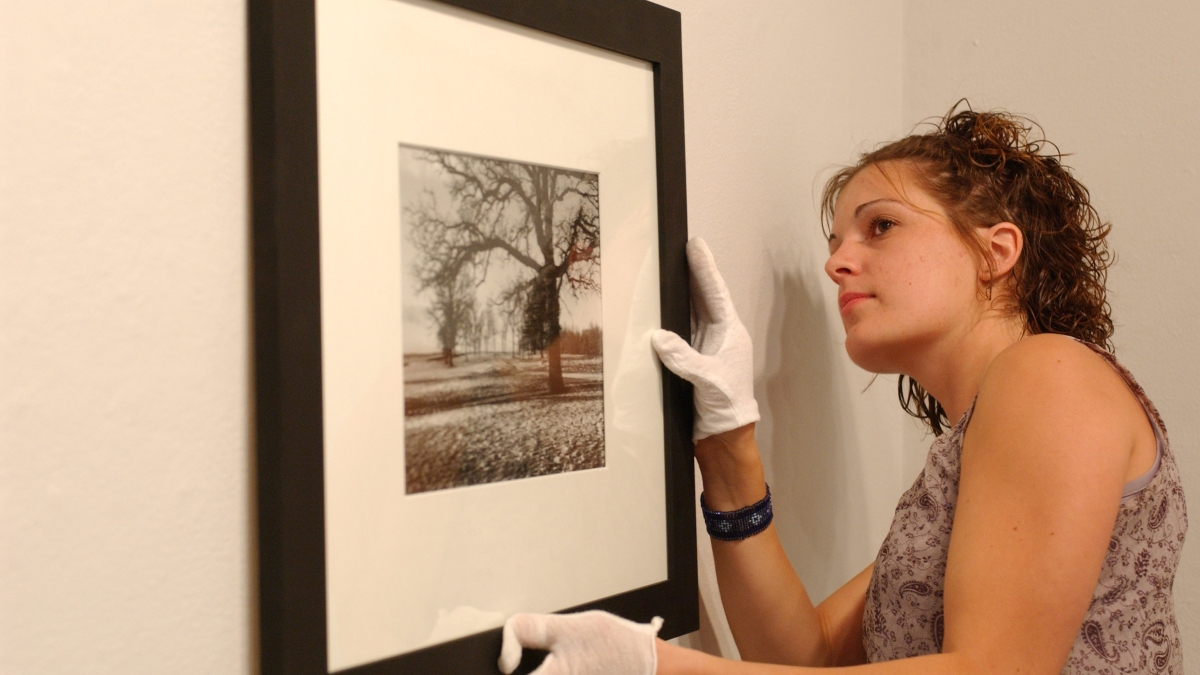Desert Classics: Ceramics in Arizona exhibition celebrates distinctive regional talent

Mary Scheier, Dish. Earthenware, 2 3/8 x 7 5/16”. Gift of the Joanne Rapp Gallery / The Hand & The Spirit Gallery 1989.157.000. Susan Harnly Peterson, Tall bottle, 1985. Stoneware, 16 x 15
Photo courtesy of Herberger Institute for Design and the Arts
TEMPE, Ariz. - The ASU Art Museum Ceramics Research Center will present Desert Classics: Ceramics in Arizona, an exhibition that recognizes the ceramic artistry of four unique regional talents. Running Feb. 5 - April 2, the exhibition will highlight Arizona ceramic artists: Edwin and Mary Scheier, Rose Cabat and Susan Peterson, who developed their individual ceramics styles out of the mid-20th century studio pottery tradition. To coincide withDesert Classics, there also will be an exhibition of work by Don Reitz, an Arizonan who has emerged as an important figure in contemporary studio ceramics.
Living in Green Valley, Arizona, both nearly 100 years old, Ed and Mary Scheier have produced ceramics for more than six decades, generating an impressive body of work. They are known for their well-crafted functional ceramics and collaborative practices. As individual artists, their work is distinctively representative of their personal interests. Mary did most of the throwing, producing traditional thin walled vessels with luminescent glazes. Ed’s emphasis was on decoration, enlivening the vessels with his narrative imagery of fertility goddesses or creation stories. During the span of his career, Ed branched out into different mediums such as drawing, carved wood, and textiles.
A contemporary to the Scheiers, Tucson resident Rose Cabat began her career later in life. A self-taught artist, Rose and her late husband Erni invented the infamous “feelie,” which they coined to describe the smooth tactile surface created by the glaze. Her signature teardrop vessel was developed from traditional vase forms, thrown on the wheel in her home studio. Rose still works six-to-eight hours a day, producing the delicate porcelain vessels in a wide variety of “feelie” colors.
From the 1950s until her retirement in 1994, Carefree resident Susan Peterson followed an academic career as well as an artistic one. As a studio potter, she is known for her glaze techniques. Peterson reproduces glazes mastered by the Chinese by duplicating the purples and reds of the Ch’ing Dynasty porcelains. As a ceramic educator, she has been a facilitator for progress and education of ceramics, starting five ceramics programs at universities around the country. Her students comprise a virtual “who’s who” of American ceramic masters, including John Mason, Ken Price and Beatrice Wood. The Ceramics Research Center is the recipient of the Susan Harnly Peterson Archive, which is comprised of her ceramics library of rare books brought back from her travels in the field, the slides and videotape she has gathered documenting works of ceramic art, kiln sites, processes, and interviews with ceramists.
“Desert Classics honors four ceramic artists who have been leaders in the studio movement for more than 50 years,” said Peter Held, curator of the ASU Art Museum Ceramics Research Center. “They are creative innovators in their approach to form and process.”
Currently living in Clarkdale, Don Reitz is clearly an Arizona original. His work is heroic in scale and diverse in approach, from functional plates and pitchers, to his distinctive large-scale, slab-built vessels. Perhaps his greatest contribution to the field has been his technological advancements and innovations to the salt-glaze process. Don has dedicated his life to the teaching ceramics and continues to inspire emerging artists through his workshops. The exhibition will utilize works from the Museum’s permanent collection as well as the artists’ personal holdings.
“The focus on Don Reitz recognizes one of the true icons in the ceramics field,” said Held. “Reitz made an indelible mark in the 1970s with his experimental work in salt glazed pottery.”
The public reception will be held on Feb. 5 from 7-9 p.m., with book signings by Don Reitz and Susan Peterson. A members’ preview will be on Feb. 5 from 6 -7 p.m.
The ASU Art Museum is a division of The Katherine K. Herberger College of Fine Arts. The museum’s Ceramics Research Center is located on the northeast corner of Mill Avenue and 10th Street, Tempe. Hours are 10 a.m. - 9 p.m. on Tuesdays (during the academic year), and 10 a.m. - 5 p.m. Wednesday through Saturday. For more information, members of the public should call the ASU Art Museum at (480) 965-2787.
The ASU Art Museum was named “the single most impressive venue for contemporary art in Arizona” by “Art in America.” It is a division of the Herberger College of Fine Arts at Arizona State University. To learn more about the museum, visit http://asuartmuseum.asu.edu.
Media Contact:
Mica Matsoff
(480) 965-0478
Mica.Matsoff@asu.edu